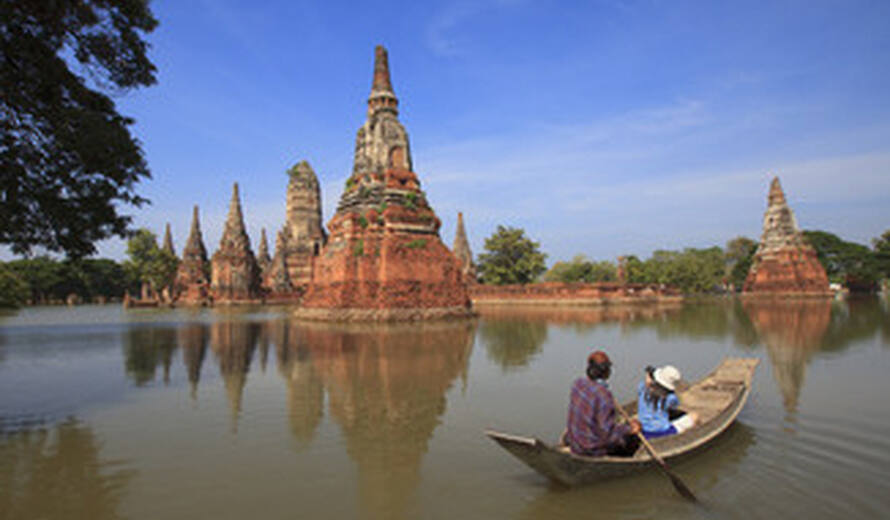Resiliency and Cultural Heritage discussed at the World Conference on Disaster Risk Reduction
UNESCO, in partnership with the Japanese Agency for Cultural Affairs (ACA), the Japanese National Institutes for Cultural Heritage (NICH), ICCROM and ICOMOS has organized a special session on "Resilient Cultural Heritage" within the framework of the Third United Nations World Conference Disaster Risk Reduction (WCDRR), which has taken place between 14 and 18 March at Sendai, Japan.
The Conference adopted the "Sendai Framework for Disaster Risk Reduction 2015-2030" the international policy which will orient DRR strategies and actions at international and national levels for the next fifteen years.
This new international policy for disaster risk reduction includes a number of important references to culture and heritage (e.g. paras 4, 5, 14, 16, 16, 17, 19-c,d, 24-d, 29, 30-d, 33) and provides a solid foundation for UNESCO to advocate for the integration of culture and heritage within DRR and work in this area with the appropriate partners at regional and national levels. This is a significant progress with respect to the former policy document on DRR, the so-called Hyogo Framework for Action (HFA2), adopted in Kobe in 2005.
The session on "Resilient Cultural Heritage" was aimed at raising awareness of role of cultural heritage in building resilience within the DRR sector, also emphasizing its relevance to other related issues on the global agenda: sustainable development and climate change adaptation. In doing so, the session highlighted the positive contribution that cultural heritage can make--if adequately recognized and appropriately managed--to the four priority areas of the HFA2. These range from understanding disaster risks and strengthening governance, to investing in resilience and preparing for response, recovery and reconstruction. The session stressed how any DRR policy and programme should consider the cultural context, including its most symbolic manifestation, i.e. the cultural heritage, if it wishes to be effective and sustainable. Specific examples were also provided in the case of certain coastal communities, who over the centuries have become capable of foreseeing natural disasters through the perpetuation of traditional knowledge, and have developed preventative measures such as building on stilts and constructing wind-resistant structures.
Such examples demonstrate that heritage both tangible and intangible often incorporates elements to overcome potential risks, owing to it being the result of long periods of adaptation between humans and their environment; why cultural heritage can be a powerful catalyst for engaging with local people, bringing them together and enhancing their sense of ownership of the recovery and reconstruction process; and finally how the protection of cultural heritage can support a fast recovery through income generated in the informal sector and tourism activities.
The session concluded with specific proposals to strengthen the integration of cultural heritage in DRR, building on the important references to culture and heritage which have been included in the HFA2. This will require innovative partnerships between the heritage sector, on one hand, and the wide range of DRR stakeholders, including local governments, humanitarian organizations and the private sector. A set of recommendations were also developed (currently being finalised), drawing on a preparatory expert meeting that was held in Tokyo in the days immediately preceding the Sendai Conference.


